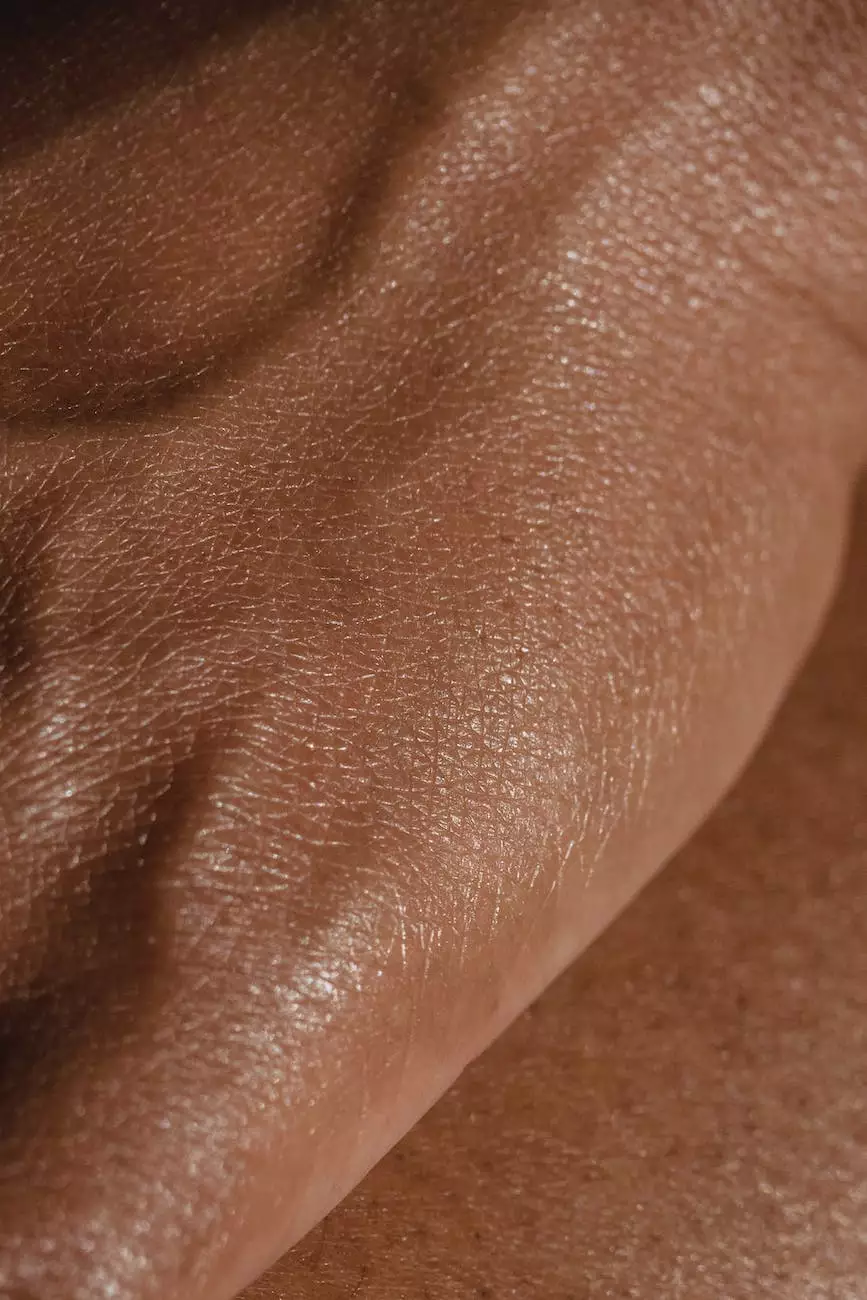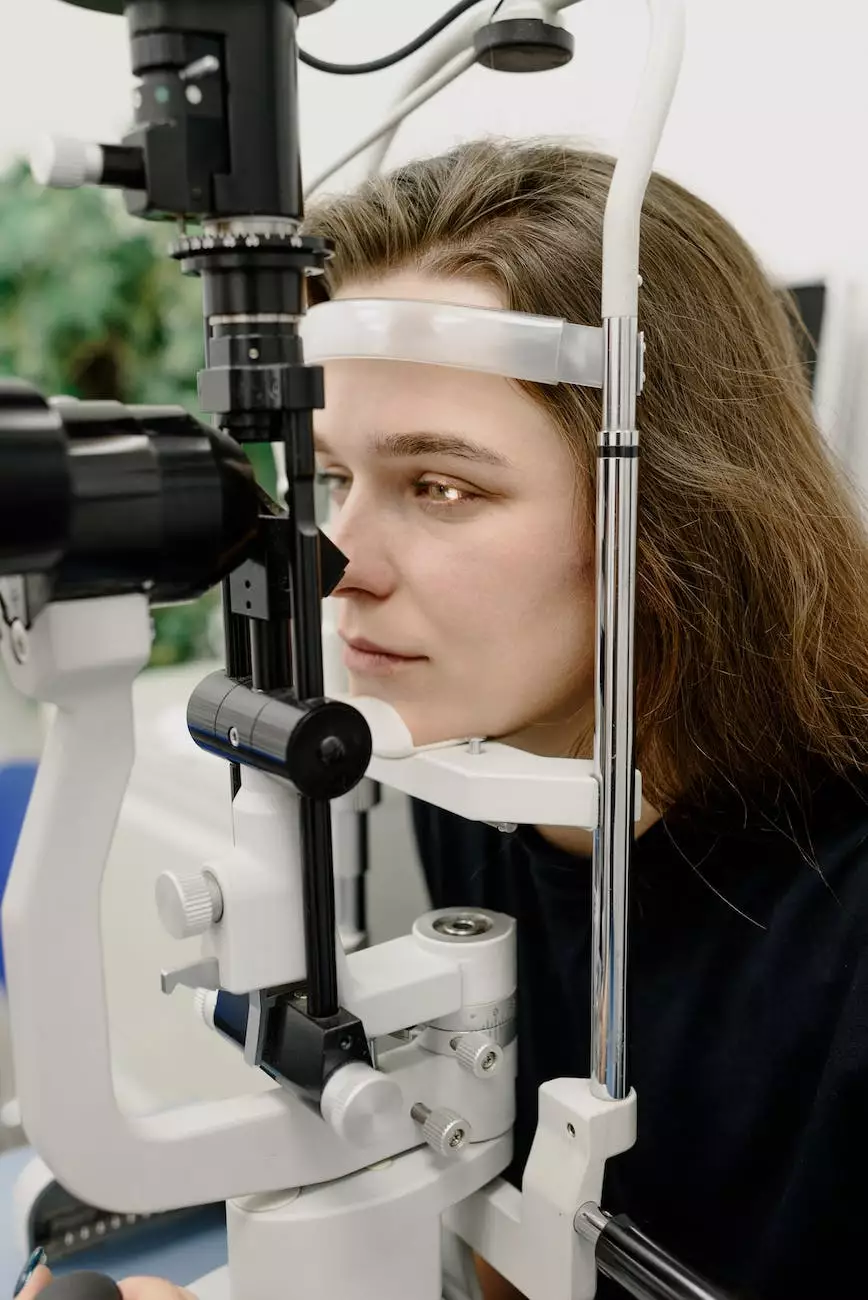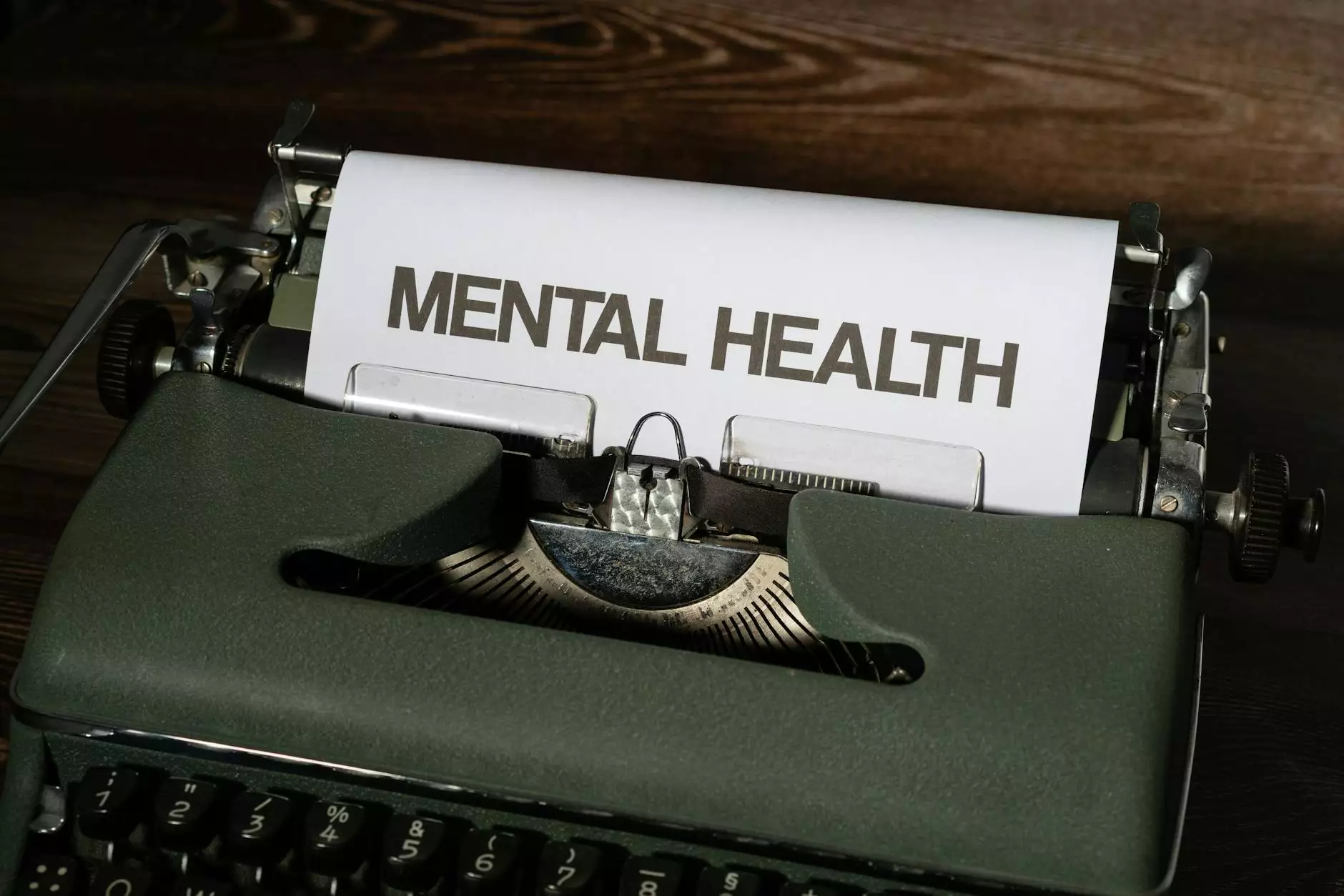Varices: Understanding and Treating Varicose Veins

Introduction
Welcome to Bay Regional Medical Center's comprehensive guide on varicose veins, a commonly occurring condition that affects millions of people worldwide. In this article, we will delve deep into the causes, symptoms, and available treatment options for varices. As a leading healthcare provider in the field of vein diseases, our team of experts is dedicated to providing high-quality medical care and effective solutions to patients suffering from varicose veins.
What are Varicose Veins?
Varicose veins, also known as varices, are enlarged and twisted veins that usually appear on the legs and feet. They occur when the valves within the veins do not function properly, leading to blood pooling and increased pressure within the affected veins. This results in the bulging and twisting appearance commonly associated with varices.
Causes and Risk Factors
Several factors can contribute to the development of varicose veins. These include:
- Genetic predisposition: Family history plays a significant role in determining an individual's susceptibility to varices.
- Prolonged standing or sitting: Occupations that involve long periods of standing or sitting can increase the risk of varicose veins.
- Pregnancy: Hormonal changes and increased blood volume during pregnancy can put extra pressure on veins, leading to varice formation.
- Age: The risk of varices often increases with age as the veins lose elasticity and the valves become weaker.
- Obesity: Excess weight puts additional strain on veins, increasing the likelihood of varicose veins.
- Lack of physical activity: Regular exercise helps promote healthy blood circulation, reducing the risk of vein problems.
Symptoms and Complications
Varicose veins can cause a range of symptoms, including:
- Pain and discomfort
- Swelling and heaviness in the legs
- Itching and irritation
- Cramping and muscle fatigue
- Visible bulging and twisting veins
- Skin changes, such as discoloration or ulceration
If left untreated, varices can lead to various complications, such as:
- Chronic venous insufficiency
- Superficial thrombophlebitis
- Leg ulcers
- Bleeding from ruptured veins
Treatment Options
At Bay Regional Medical Center, we offer a wide range of effective treatment options for varicose veins. Our expert medical professionals will assess each patient's condition and recommend the most appropriate approach. Treatment options may include:
Sclerotherapy
Sclerotherapy is a non-surgical procedure that involves injecting a solution directly into the affected veins, causing them to collapse and fade over time. It is commonly used for small to medium-sized varices.
Endovenous Laser Ablation
Endovenous laser ablation (EVLA) is a minimally invasive procedure that uses laser energy to seal the affected veins, redirecting the blood flow to healthier veins. EVLA is highly effective for larger varicose veins.
Venous Duplex Ultrasound
Venous duplex ultrasound is a diagnostic tool that uses sound waves to visualize blood flow within the veins. It helps identify the underlying cause of varices, facilitating targeted treatment planning.
Lifestyle Modifications
Alongside the medical treatments, adopting healthy lifestyle habits can significantly improve vein health. These include regular exercise, maintaining a healthy weight, avoiding prolonged periods of standing or sitting, and elevating the legs above the heart level when resting.
Conclusion
Varicose veins can vary in severity and can cause discomfort or serious complications if left untreated. At Bay Regional Medical Center, our dedicated team of medical professionals specializes in diagnosing and treating varices to provide patients with relief and improved quality of life. If you are experiencing symptoms of varicose veins, we encourage you to schedule a consultation with our experienced specialists today.










